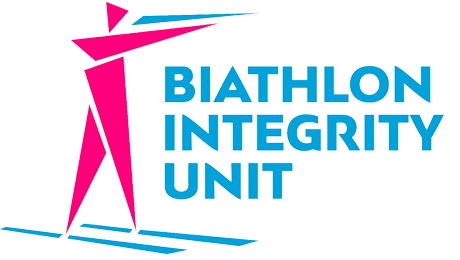New TUE Guidelines
The World Anti-Doping Agency has updated its Therapeutic Use Exemption (TUE) Physician Guidelines and Checklists, with rule changes that will come into force on 1 January 2022 under the 2022 List of Prohibited Substances and Methods (List).
The changes particularly affect injectable routes of administration of glucocorticoids (GCs).
TUE Checklists provide guidance and support to athletes, their physicians and Anti-Doping Organizations (ADOs) during the TUE application process. These Checklists list the requirements for completing the TUE Application Form, including the medical evidence that should be submitted along with it. The Checklists were updated for all the medical conditions for which GCs may be used.
The updated Checklist documents can be found under the TUE Checklist collection.
Glucocorticoids
From 1 January 2022, all injectable routes of administration of glucocorticoids during the In-Competition period are prohibited.
A specific checklist related to Glucocorticoids has been published and can be found via the following link: https://www.wada-ama.org/en/resources/therapeutic-use-exemption-tue/glucocorticoids-and-therapeutic-use-exemptions-guidelines
Glucocorticoids Prohibited In-Competition:
· Any injectable [e.g. IV, IM, SC, periarticular, intra-articular, peritendinous, subcutaneous, intrabursal, intradermal]
· Oral including oromucosal (e.g. buccal, gingival, sublingual)
· Rectal
The reasons for the addition of local injections as a prohibited route is that they:
1. Can result in urine levels similar to those of existing Prohibited routes;
2. Can reach levels which may have the potential to improve performance.
If taken during the washout period prior to competition, there is a chance that an in-competition test could be positive. Athletes should inform their doctors and ensure that they can justify the use of the medication in the event of a positive test. Proper documentation of the treatment in the medical records is important.
It’s important to say that athletes CAN apply for a retroactive TUE but it is, of course, the TUEC that decides whether there will be a TUE, and thus proper medical documentation is of crucial importance.
Inhaled Beta-2 Agonists for Asthma
There has also been a change in the rules for inhaled Beta-2 Agonists for Asthma. Under the previous rule, the amount of Salbutamol allowable was limited to a maximum of 800 mcg over 12 hours. UNder the new rule, this has been reduced to a maximum of 600 mcg over 8 hours.
Remember, these and all other changes can be found on WADA´s 2022 List of Prohibited Substances and Methods (List).
What are TUEs?
Athletes may have illnesses or conditions that require them to take particular medications.
If the medication an athlete is required to take to treat an illness or condition happens to fall under the Prohibited List, a Therapeutic Use Exemption (TUE) may give that athlete the authorization to take the needed medicine.
A TUE is only granted when the following four key criteria are met:
· It is a necessary treatment for a diagnosed medical condition
· It’s unlikely that the treatment will improve your performance
· There is no reasonable permitted alternative
· The requirement to use the substance or method is not due to the prior use of substance or method without a valid TUE.
Many common medications are on the List:
· Insulin
· Glucocorticoids
· ADHD medication
· Diuretics & blood pressure medication
Athletes should remind their doctors that they are subject to Anti-Doping rules and may need a TUE.
Athletes are responsible for any prohibited substance they take, attempt to take, or that is found in their system!


